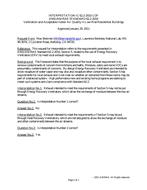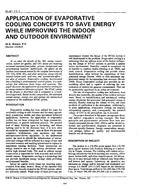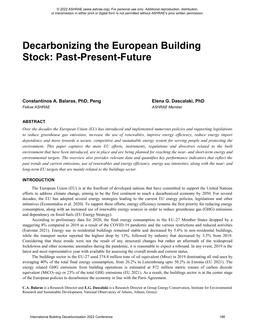Streamwise longitudinal vortex generation is a promising method for enhancing air-side heat transfer performance of heat exchangers in a range of applications. In this study, the vortex-enhanced air-side flow and heat transfer for offset strip-fin array is studied with three dimensional computational fluid dynamics models. The emphasis is on understanding the relationship between flow structure and heat transfer for low Reynolds number regime. Also the predictive capability of the model in terms of the local flow and heat transfer characteristics is evaluated for both the baseline array and enhanced cases. The overall thermal-hydraulic performances of the array obtained from the present computational approach are compared with experimental results (Ge 2002) over the range of Reynolds number 450≤Re≤1850. The average deviation of the computed f-factor is within 6.5% and j-factor is within 14.5% of the experiments for the baseline case. The deviations in case of vortex-enhanced case are 3.9% and 9.6% for f and j factors respectively. In general for Re>1200, the numerical results under predicts both f and j factors; the differences are more pronounced for the baseline case since the unsteady effects associated with the spanwise vortex shedding are not captured adequately which are known to increase both pressure drop and heat transfer. The vortex-enhanced results are in slightly better agreement since the streamwise vortices act to suppress the spanwise shedding in this range (Smotrys et al. 2003). It was found that the numerical model predicts the large-scale and time averaged flow and heat transfer performance for the vortex-enhanced array very well in the steady and weakly unsteady regime.
Citation: 2017 Annual Conference, Long Beach, CA, Conference Papers
Product Details
- Published:
- 2017
- Number of Pages:
- 8
- Units of Measure:
- Dual
- File Size:
- 1 file , 11 MB
- Product Code(s):
- D-LB-17-C013


